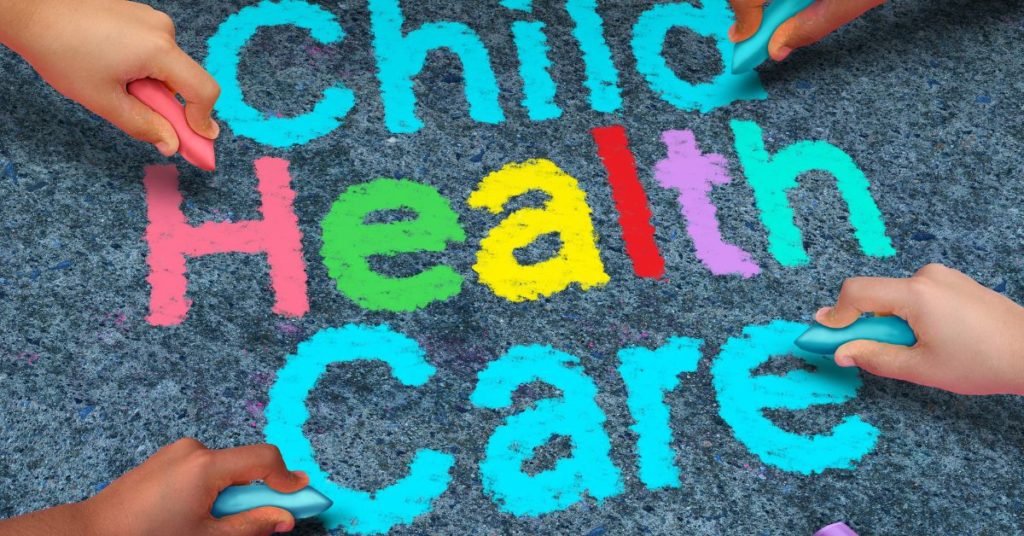About SIDS
A severe problem in pediatrics is SIDS. Many parents don’t know about this problem, but many families have issues with this pathology. This chapter will help you to avoid these troubles.
SIDS is a diagnosis of exclusion and should be applied to only those cases in which an infant’s death is sudden and unexpected, and remains unexplained after the performance of an adequate postmortem investigation. After investigation, some infant deaths are caused by accidental suffocation, hyperthermia or hypothermia, neglect, or other defined cause. The term SUDI (“sudden unexpected infant deaths”) is now often used instead of SIDS because some medical specialists prefer to use the term ‘undetermined’ for a death previously considered to be SIDS. But it is the same meaning. The exact cause of SIDS or SUDI is unknown.
SIDS deaths occur under one year, with the peak incidence occurring when the infant is 2 to 4 months of age. This is considered a critical period because the infant’s ability to arouse from sleep is not yet mature. SIDS usually occurs during sleep. Typically, death occurs between the hours of 00:00 and 09:00.
Risk factors:
In order to avoid this trouble, we must know the risk factors of SIDS. These environmental stressors may include sleeping on the stomach or side, overheating, and exposure to cigarette smoke. Accidental suffocation such as during bed sharing or from soft objects may also play a role. Let’s get down to this topic.
Tobacco smoke:
SIDS rates are higher for infants of mothers who smoke during pregnancy. Nicotine and its derivatives cause significant alterations in fetal neurodevelopment.
Sleeping:
SIDS risk is most significant during sleep. Placing an infant to sleep while lying on the stomach or on the side increases the risk. This increased risk is most significant at two to three months of age. Elevated or reduced room temperature increases the risk, as does excessive bedding, clothing, soft sleep surfaces, and stuffed animals. Bumper pads may increase the risk and, as there is little evidence of benefit from their use, they are not recommended.
Sharing a bed with parents increases the risk for SIDS. This risk is most significant in the first three months of life when the mattress is soft when one or more persons share the infant’s bed. The risk remains, however, even in parents who do not smoke or use drugs.
Pregnancy and infant factors:
SIDS rates decrease with increasing maternal age, with teenage mothers at the most significant risk. Delayed or inadequate prenatal care also increases risk. Low birth weight is a considerable risk factor. Another risk factor is being born before 39 weeks of gestation. Genetics plays a role, as SIDS is more prevalent in males.
Methods of preventing SIDS:
A number of measures have been found to be effective in preventing SIDS including changing the sleeping position, breastfeeding, limiting soft bedding, immunizing the infant, using pacifiers, avoidance of overheating, and exposure to tobacco smoke.
- First and very important method: Your babies must sleep in their own beds.
Infant beds can be stationary or portable (porta cots, porta cribs, or folding infant beds). In their portable form, the beds generally don’t feature a drop side, and portability factors are emphasized. Portable beds are often made from plastics, smaller, and fold into a compact package. Rather than bars, they will have breathable mesh sides with an aperture too small for any finger to fit into (less than 5mm by the standards – your baby will be protected from breaking his arms, fingers, and other parts of the body, how it was before without standards).
Standards for folding infant beds exist for every country (adopted by various organizations including the American National Standards Institute). You can buy this standard infant bed in unique shops for babies.
- Sleep positioning (Safe to Sleep):
Sleeping on the back (supine positioning or back sleeping) has been found to reduce the risk of SIDS. It is the most effective method of preventing SIDS. Sleeping on the back does not appear to increase the risk of choking even in those with gastroesophageal reflux disease. While infants in this position may sleep more lightly, this is not harmful. Sharing the same room as one’s parents but in a different bed may decrease the risk by half. I would recommend room-sharing without bed-sharing.
- Pacifiers:
The use of pacifiers appears to decrease the risk of SIDS although the reason is unclear. Pacifiers do not affect breastfeeding in the first four months, even though this is a common misconception.
- Bedding:
Product safety experts advise against using pillows, overly soft mattresses, sleep positioners, bumper pads, stuffed animals, or fluffy bedding in the crib and recommend dressing the child warmly and keeping the crib “naked.”
Blankets should not be placed over an infant’s head. It has been recommended that infants should be covered only up to their chest with their arms exposed. This reduces the chance of the infant shifting the blanket over his or her head.
- Sleep sacks:
In colder environments where bedding is required to maintain a baby’s body temperature, the use of a “baby sleep bag” or “sleep sack” is becoming more popular. This is a soft bag with holes for the baby’s arms and head. A zipper allows the bag to be closed around the baby. The protective effects of a sleep sack as reducing the incidence of turning from back to front during sleep, reinforcing putting a baby to sleep on its back for placement into the sleep sack, and preventing bedding from coming up over the face which leads to increased temperature and carbon dioxide rebreathing.
“Sleep sack” is recommended as bedding that warms the baby without covering its head. It makes a relatively calm sleeping environment.
- Breastfeeding:
Breastfeeding protects children from SIDS with a greater degree of breastfeeding being more protective.
- Vaccination:
A large investigation into diphtheria-tetanus-pertussis vaccination and potential SIDS association by Berlin School of Public Health, Charité – Universitätsmedizin Berlin concluded: “Increased DTP immunization coverage is associated with decreased SIDS mortality. Current recommendations on timely DTP immunization should be emphasized to prevent not only specific infectious diseases but also potentially SIDS.” [ Müller-Nordhorn, Jacqueline; Hettler-Chen, Chih-Mei; Keil, Thomas; Muckelbauer, Rebecca (28 January 2015). “Association between sudden infant death syndrome and diphtheria-tetanus-pertussis immunization: an ecological study”. BMC Pediatrics 15 (1)].
- A relatively calm sleeping environment.
- Avoid exposure to tobacco smoke.
The use of electronic monitors has not been found to be helpful and is thus not recommended. Evidence regarding fans and swaddling is unclear.
Do not forget!
– Use of a firm sleep surface, breastfeeding, consideration of a pacifier (dummy);
– Avoidance of soft bedding, overheating, and exposure to tobacco smoke.
All these easy measures help you to prevent complicated problems with your baby. Let`s proceed to the topic of everyday baby life, skincare support, dental hygiene, toilet training, and much other helpful knowledge.






Pingback: (2022) Skincare Reference For Newborns And Best Skincare Tips | Childhealthcreation.com